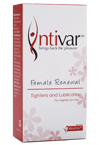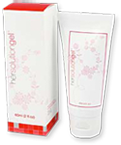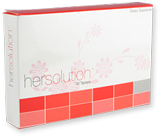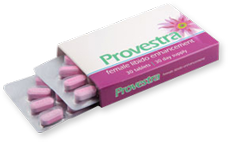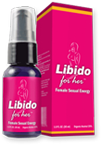
- #
- A
- B
- C
- D
- E
- F
- H
- I
- K
- L
- M
- N
- O
- P
- R
- S
- U
- V
- Z


Female Anatomy Internal
As a woman's anatomy is comprised of both internal and external components, some of the most miraculous and amazing exchanges occur in the internal regions of a woman's body. As the internal anatomical parts are responsible for hormone regulation, reproduction, as well as an array of other responsibilities, a woman's internal anatomical health can have an immense impact on her overall feelings wellbeing.
Components of the Internal Female Anatomy
As a majority of the external anatomical components are responsible for sexual stimulation, protection, and other roles, the internal components have very unique demands.
- The Vagina – The Vagina is both an internal and external component of a woman's body. Essentially, the Vagina is like a tunnel that leads from the exterior of a woman's body into her interior. This is also known as the “birth canal,” as babies travel through the vagina when they are delivered.
- Uterus – Inside a woman's body, one of the most powerful regions is the Uterus. The Uterus is an oval shaped organ that is responsible for creating a safe and nurturing environment for a fetus as he or she grows and develops. Each month, the Uterus creates a lining that is full of nutrients. This lining, when a woman's egg is fertilized, becomes an essential life support for a fetus. If a woman's egg is not fertilized, then the Uterus sheds its lining. This depletion of the lining results in a woman's monthly menstrual cycle.
- Cervix – The bottom portion of the Uterus is known as the Cervix. With a small opening, the Cervix protects the Uterus by releasing menstrual fluid each month, while also allowing semen to enter into its protective walls. During pregnancy, the opening of the Cervix closes.
- Ovaries – To regulate the various processes and functions of a woman's body, the Ovaries play an imperative role. Two tiny almond-sized Ovaries are responsible for regulating a woman's hormones, releasing a woman's egg each month, while also providing a safe haven for a woman's eggs throughout her life. As women are born with their full amount of eggs (as their bodies do not produce more eggs throughout their lifespan), the Ovaries have possession of a woman's reproductive cells, as the Ovaries can also help or hinder a woman's ability to become pregnant.
- Fallopian Tubes – Connecting the Ovaries to the Uterus are the tiny and thin Fallopian Tubes. These Tubes are like highways for eggs, allowing the Ovaries to send its valuable eggs to the Uterus each month. Typically, an egg will become fertilized here, in the Fallopian Tubes, as the fertilized egg will then move into the Uterus and implant itself to the Uterine wall.
Maintaining Internal Health of the Female Anatomy
As the internal regions of a woman's anatomy are clearly not visible to the naked eye, a woman should adhere to a strict annual checkup schedule with a licensed OBGYN. By consulting with an OBGYN each year, women are able to have their internal organs tested for any health concerns or abnormalities, including cancerous cells, unbalanced hormone levels, or other irregularities. Typically, meeting with an OBGYN to detect a problem early on can help stave off an array of more serious health complications and issues.





